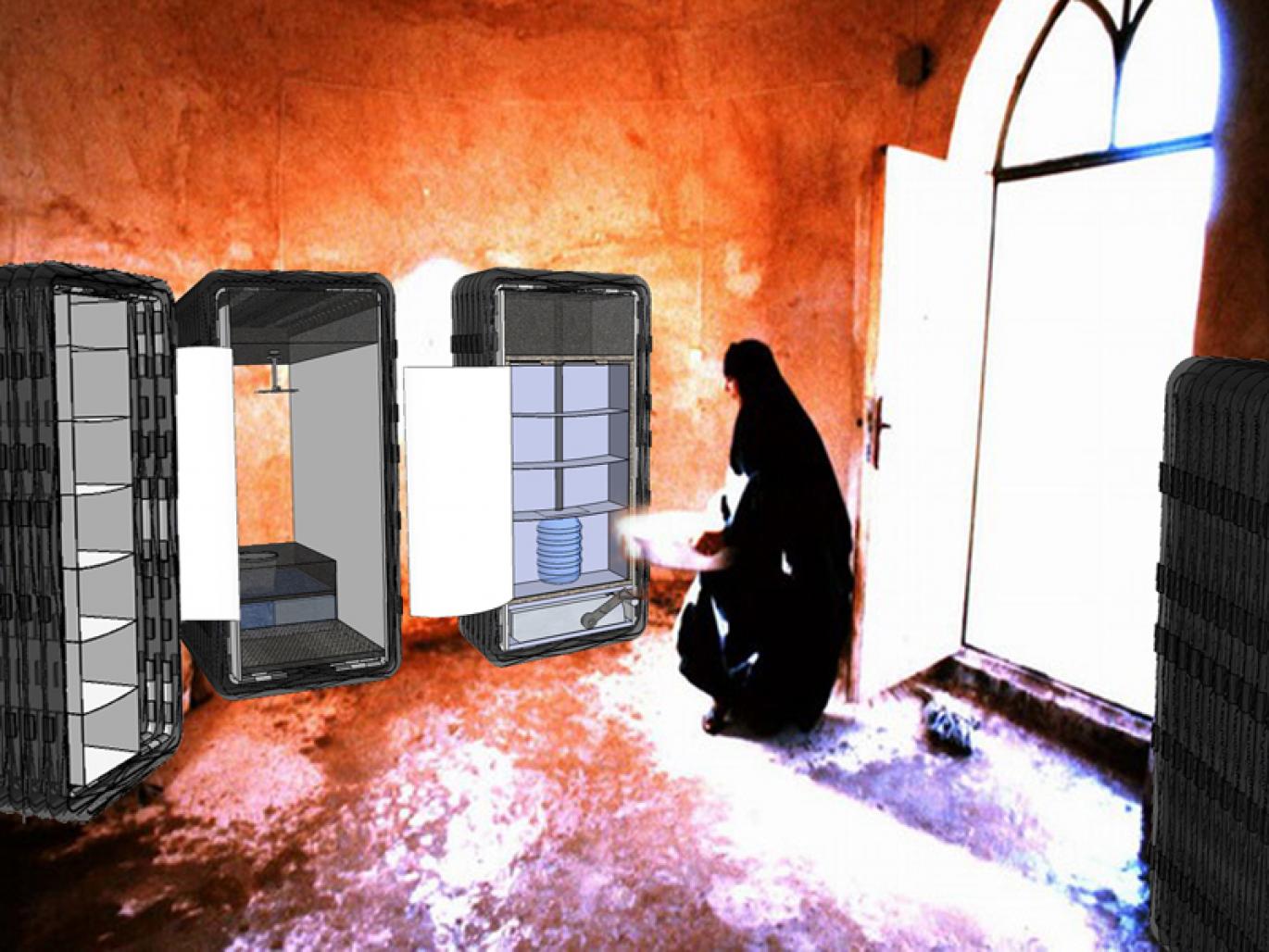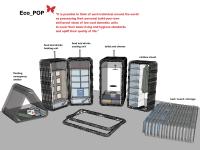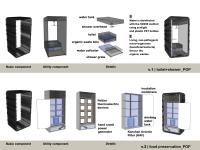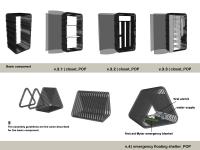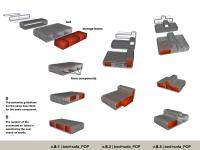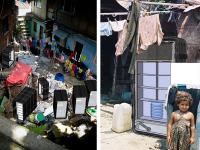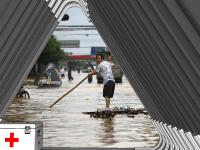In 1972 Sottsass designed a series of containers that, even though entrusted their functionality to a technologically advanced infrastructure, they included all those elements associated with the contemporary standards of well-being for various ethnic groups. The Eco_POP project gets inspired by Ettore Sottsass’ design activism as well as by the social engagement of two humanitarian initiatives, the One Laptop per Child (OLPC) and the Miniature Earth project. On the one hand, the OLPC exemplifies a high-end environmentally friendly product made of low-cost materials with a technical approach targeting user autonomy. The Miniature Earth project, on the other, pinpoints this project’s target group by revealing the alarming percentages within the global population that live without basic sanitation, without an improved water source and without the means to preserve their food. Within this framework, Eco_POP offers the design and technological know-how in order to build flexible, low-cost household units that will significantly raise the everyday living and hygiene standards of people in the developing countries of the world and uplift their quality of life. Based on the tensairity principles, the project provides a skill-proof assembly of pneumatic tubes to create its basic component, a shell-to-fit-all, which is structurally supported by prefabricated thermoplastic form components. This shell can be equipped with a variety of autonomous utility components, made from local available materials and techniques, to produce household units like a toilet and a WC, a food/drinks cooling and heating unit, a clothes closet, a bed, as well as a floating emergency shelter.
2008
Proposed materials:
- Vitroflex type of membrane (pneumatic tubes)
- Durable Zip-lock (tube connections)
- Durable fishing cord (tensairity)
- Vitroflex type of rigid plastic (form components)
- Plastic prefab elements (utility components)
- Micro-organism products (organic waste processing)
- Kanchan Arsenic Filter (KAF) (water treatment)
- Peltier thermoelectric devices
- Insulating membranes
- Kinetic power generator (crank, pedal or pull cord for battery charge)
Kostis Oungrinis
Marianthi Liapi
